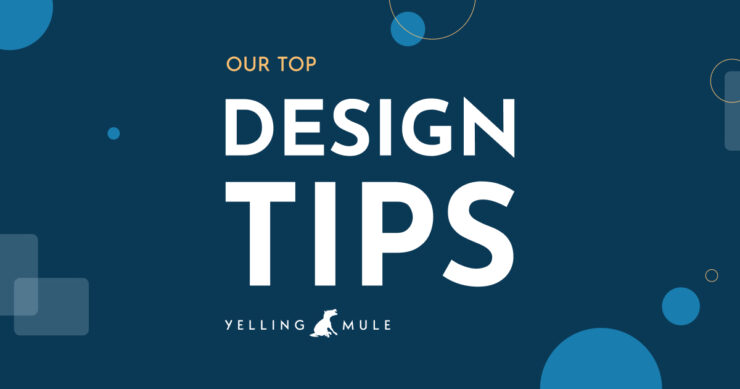
Design plays a crucial role in how we perceive and interact with the world around us, whether it’s in architecture, fashion, graphic design, or interior decor. Here are some of the best design tips to help you create visually appealing and functional designs.
Understand Your Audience
- Identify Your Target Audience:
- Before starting any design project, it’s essential to understand who you are designing for. Identify the demographics, preferences, and needs of your audience to tailor your design to their tastes and expectations.
- Conduct Research:
- Gather information on current design trends and user preferences. Understanding what resonates with your audience can guide your design choices, ensuring your work is both relevant and impactful.
Emphasize Simplicity and Clarity
- Keep it Simple:
- Avoid clutter and unnecessary elements. A clean, straightforward design is often more effective and easier for users to navigate. Focus on the essential components that convey your message effectively.
- Prioritize Clarity:
- Ensure that the purpose and functionality of your design are clear. Use intuitive layouts and straightforward navigation to enhance user experience and prevent confusion.
Focus on Functionality
- Balance Form and Function:
- While aesthetics are important, functionality should never be compromised. A beautiful design that is difficult to use will frustrate users. Strive for a balance where form enhances function.
- Test and Iterate:
- Conduct usability testing to gather feedback on your design’s functionality. Use this feedback to make improvements, ensuring the final product meets user needs and expectations.
Use Color and Typography Wisely
- Choose Colors Carefully:
- Colors can evoke emotions and convey messages. Choose a color palette that aligns with your brand identity and resonates with your audience. Consider cultural connotations and the psychology of color.
- Typography Matters:
- Select fonts that are legible and appropriate for your design’s tone. Consistency in typography can enhance readability and brand recognition. Avoid using too many different fonts, which can create visual chaos.
Pay Attention to Details
- Focus on the Details:
- Small details can make a significant difference in the overall quality of a design. Pay attention to alignment, spacing, and consistency to create a polished and professional look.
- Incorporate Visual Hierarchy:
- Use size, color, and placement to guide the viewer’s eye and emphasize the most important elements. A well-structured visual hierarchy helps communicate the intended message clearly.
Stay Open to Inspiration and Learning
- Seek Inspiration:
- Stay inspired by exploring various sources of creativity. Follow design blogs, attend workshops, and connect with other designers to gain new perspectives and ideas.
- Keep Learning:
- The design field is constantly evolving. Stay up-to-date with the latest tools, techniques, and trends to keep your skills sharp and relevant.
By integrating these design tips into your work, you can create compelling and effective designs that resonate with your audience and stand the test of time.

